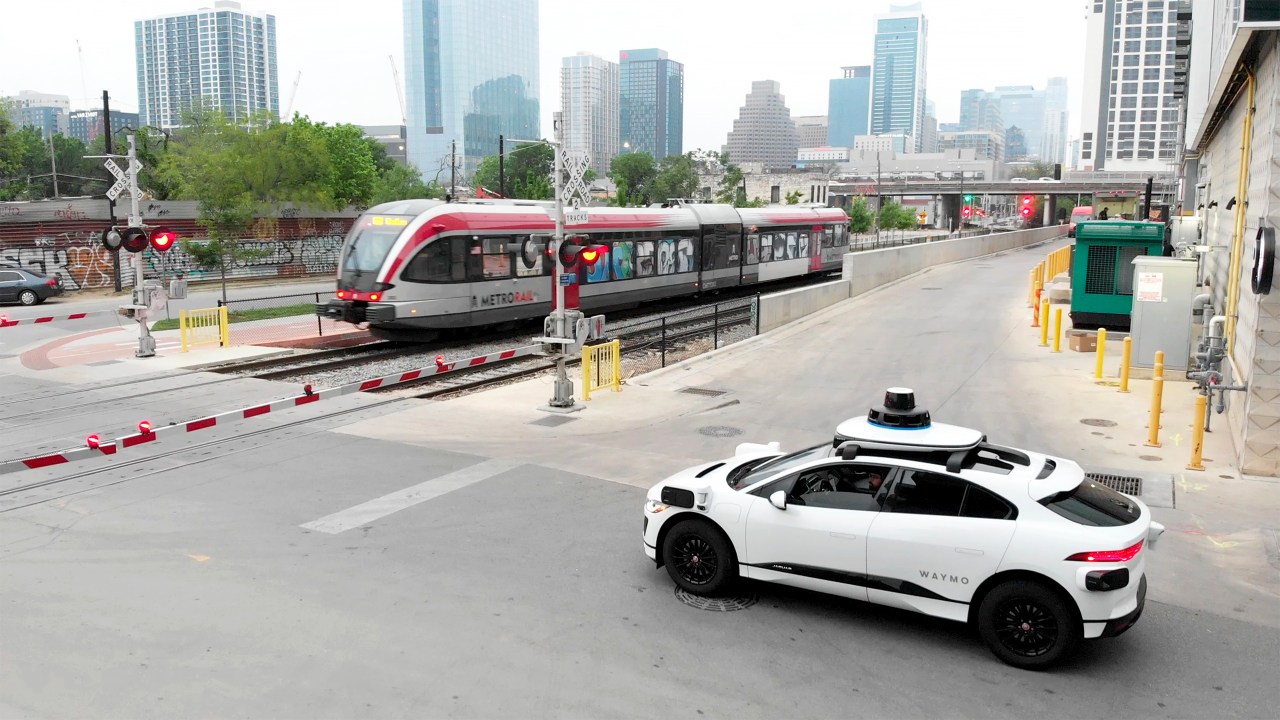AUSTIN (KXAN) — Less than a week after Waymo announced it had begun testing fully self-driving cars in Austin, the company’s leaders joined panelists from various subsectors of the disability community to discuss how the technology can expand accessibility for passengers.
The panel was held as part of the South by Southwest Conference & Festival 2024. Among those speaking Tuesday was Emily Coleman, president of the Texas School for the Blind and Visually Impaired in Austin.
Coleman said one of the school’s focuses is encouraging students to be as independent as possible while equipping them with the tools and skills they need to make decisions about their future.
“[It’s about] “It’s so important for our students and for people who are blind or visually impaired to find more ways to gain independence and make their own choices in their own lives, and to have self-determination,” she said, “and the very concept of being able to get from point A to point B relying on yourself and not on another human being is just so empowering and I can’t think of anything that’s a bigger step towards greater independence.”
Part of that independence will be achieved through access to options: Lauren Schwendiman, Waymo One’s head of UX design, told KXAN on Tuesday that the goal is also to diversify the local transportation system by incorporating both public and mass transit options in addition to self-driving technology.
In case you missed it: Waymo begins testing fully self-driving cars in Austin
“Yes, we’re adding options, and choice is important,” Schwendimann said, “but it’s also important that our services integrate into interfaces within existing ecosystems and meet people where they are. By understanding people’s needs, we can fit them into people’s lives, not just into products or services.” [but] It’s about helping them really achieve their goals.”
One way to fully integrate the technology into existing transportation systems is to collaborate with people within the disability community.Tuesday’s panel also featured Bea Martin Lee, CEO of the Epilepsy Foundation of America, and Camille Ridley, vice president of marketing and development for United Cerebral Palsy of Central Arizona.
Schwendiman said that by working with these different organizations and community members, Waymo is able to solicit direct feedback on how to adapt its technology to make it as accessible as possible.
Schwendimann added that some of the current features in the self-driving fleet came from that same feedback: One added component is a compass-like feature that tells the driver how far away they are from a Waymo vehicle, which could be especially helpful for people who are visually impaired.
The second element, which Schwendiman said is one of Waymo’s “most beloved” features, is that passengers can use technology in the app to honk the vehicle’s horn to ensure they are near the right vehicle.
“These are just two examples of the features we’ve built as we understand the needs of people who are blind or have low vision, and refined them based on their feedback,” Schwendimann said.
Schwendimann said that in the near future, Waymo is working on honing its pickup and drop-off capabilities to better accommodate people with visual or mobility impairments. Longer term, Waymo aims to expand its technology to develop fully autonomous, wheelchair-accessible vehicles. Currently, the company offers wheelchair-accessible options, but they are driven by human drivers.
Coleman said all of these conversations are rooted in the idea of equity: It’s not uncommon for people with visual impairments and other physical disabilities to lack access to services, she said, recounting examples of how students and staff at the Texas School for the Blind and Visually Impaired have experienced it firsthand.
But Coleman said he hopes that removing the element of human bias will broaden access and allow passengers of all abilities to use the service.
“I think removing human bias from ridesharing is going to be a game changer in terms of fairness,” Coleman says. [human bias] “A cane is something we’re born with, and it will make a big difference because people with a cane will no longer have to fear that a car will come up, see their cane and decide not to give them a ride.”

